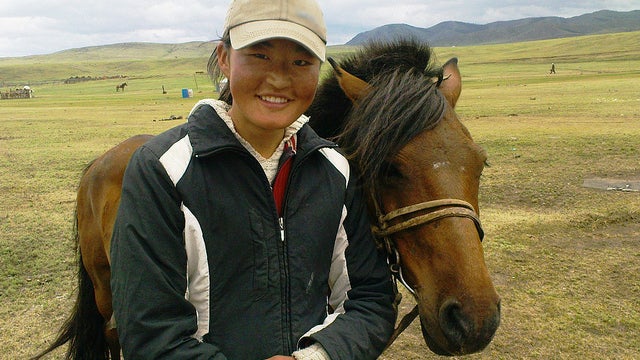
Did you know that low-income Mongolians are better at managing daily finances than higher income earners, although those with better incomes are more likely to make provisions for the future?
These were the findings of a comprehensive demand-side assessment on financial capability in Mongolia which the World Bank Group carried out in 2013.
These findings make sense. Poor people – those with low and irregular incomes – devote a lot of time to thinking about how to stretch their money to put food on the table while being able to cover other daily spending needs. They tend to have surprisingly sophisticated financial lives despite having limited income, the Portfolios of the Poor found.
However, hardship and constant struggle to meet immediate financial expenses lead to decision-fatigue and can distract poor people from longer-term planning, according to cutting-edge research from behavioral economics.
While high income earners may be able to “afford” mistakes in managing their day-to-day personal finances, poor people can’t afford not to think about building a financial cushion for the future.
This is why, through financial capability initiatives, we need to focus our efforts on helping poor people to set money aside and plan for the future . Longer-term financial planning helps smooth consumption and helps people cope with unforeseen economic shocks, and so helps people - including the poor - to build more secure futures for themselves and their families.
The findings from the 2013 World Bank survey served as a catalyst for many stakeholders to commit to advancing financial capability in Mongolia. The first step was to formulate a national strategy on financial capability, which was officially launched in October 2015.
We have supported the Mongolian authorities throughout this process.
It can be challenging for a country to develop an effective national financial capability strategy, but the Bank of Mongolia together with other stakeholders has done an excellent job in devising a strategy that targets the most pressing needs.
Based on the work with our Mongolian counterparts, we’ve encapsulated these key lessons for how to develop a good national financial capability strategy :
- It is important to prioritize. Mongolia's strategy includes four priority initiatives: financial education for schoolchildren, the youth and rural residents and financial education through the mass media, including a financial education website.
- Strong leadership is a key foundation for the development of a national vision and strategy. Both the Governor and Deputy Governor of the Bank of Mongolia demonstrated personal leadership on work to strengthen the population’s financial capability.
- Improving financial capability levels across the population needs a concerted effort. No single organization or government agency can make the necessary improvements alone. Mongolia’s national strategy on financial capability was signed jointly by the Governor of the Bank of Mongolia, the Minister of Finance, the Minister of Education and the Chair of the Financial Regulatory Commission.
- A good communication outreach can make a difference. The launch of the national financial capability strategy was accompanied by a strong media outreach. A series of television interviews and newspaper articles spread the messages across the country and helped to galvanize stakeholders.
The next challenge is implementing the strategy. We're now working with the Bank of Mongolia’s financial education team, which is spearheading implementation, to support them in developing and delivering the four priority activities. We’ve worked with the team to:
- Identify possible financial capability initiatives to support the four priority activities
- Assess which of these initiatives are most promising in terms of being cost-effective, scalable, affordable and feasible
- Determine whether each of the initiatives which appears promising will in practice meet those criteria
- Map out how to implement the selected initiatives
The following step is to start working on priority activities, such as developing a financial education school curriculum and textbooks for students, and train the trainers, etc.
Being able to manage one’s personal finances is an essential life skill, regardless of a country’s financial sector development.
Today’s increasing and evolving range of financial products has created many opportunities, and is bringing in many people who had been excluded from the formal financial sector. At the same time, financial decisions consumers need to make are often complex and the consequences of getting them wrong, or failing to make them, can be severe.
Making sure people understand and can choose appropriate financial services is key to ensuring that financing inclusion helps them improve their lives, which is the aim of the Sustainable Development Goals.
Mongolia’s efforts to enhance the financial capability of its population is the first step in that direction.
For more information:
Responsible Finance Website
Financial Inclusion Website


Join the Conversation